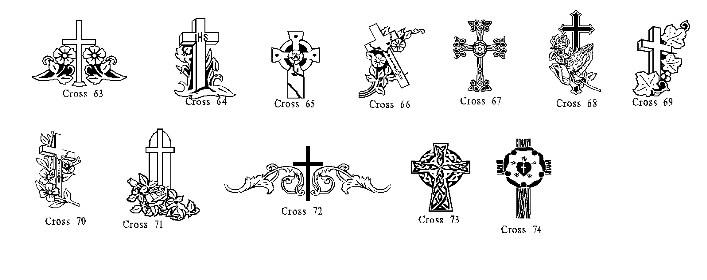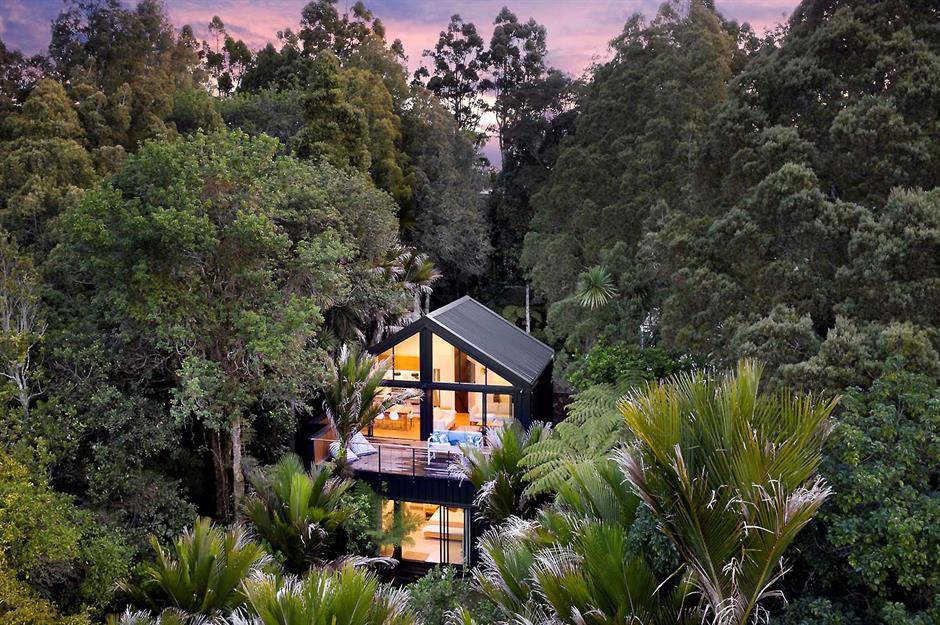Table Of Content
The scene also contains images of infants, symbolic of the cardinal points and the center of the Earth. The mural on the west illustrates themes of creation and pre-Classic Maya kinship. Another excruciating practice represented on these murals includes the piercing of male reproductive organs, which was viewed as an act of self-sacrifice. The Mayan murals on the North wall illustrate different mythical stories related to the birth of the first men on earth executed by the Maize God via a ritual. This incredible site at San Bartolo is home to many stunning Mayan murals depicting narratives around the creation of the world and other popular Mayan belief systems.
Roman Architecture – An Inside Look at Ancient Roman Buildings
Maya Revival is a modern architectural style popular in the Americas during the 1920s and 1930s[1] that drew inspiration from the architecture and iconography of pre-Columbian Mesoamerican cultures. The Mayan civilization does still exist and is made up of a population of around six million people situated across Peru and parts of Mexico. The largest groups consist of the Yucatecs, the Tzotzil, and the Tzeltal cultures. There are numerous scenes on the San Bartolo murals that shed interesting insights into the ancient practices of the Maya and the mythological narratives that defined their way of life.
Mayan Designs in Popular Culture: From Movies to Fashion Runways
Each symbol and motif carried specific significance, reflecting the Mayans’ spiritual beliefs and cultural practices. Nature held a profound significance in Mayan culture, and their designs often drew inspiration from the flora and fauna of their surroundings. Intricate patterns depicting animals such as jaguars, snakes, and birds were infused with symbolic meaning. The Mayans also had a deep understanding of astronomy, and their designs often incorporated celestial elements, such as the sun, moon, and stars. They consist of an elevated platform (either an extensive acropolis or a steep pyramid) with a monumental stairway, with a central building facing the stairs, and two lateral structures facing each other on both sides of the platform.
Maya and Mayan designs
Their mortar was very effective on a large building lifetime, but humid climates can have a negative effect on the mortar. The Ruta Maya Foundation regularly organizes exhibitions from its own collection of retrieved art objects. In Belize, Maya artefacts can be found in the Museum of Belize and the Bliss Institute; in Honduras, in the Copan Sculpture Museum and in the Galería Nacional de Arte, Tegucigalpa. Wall painting also occurs on vault capstones, in tombs (e.g., Río Azul), and in caves (e.g., Naj Tunich),[34] usually executed in black on a whitened surface, at times with the additional use of red paint. Yucatec vault capstones often show a depiction of the enthroned lightning deity (e.g., Ek' Balam).

Surviving Mayan Architecture
A flight of stone stairs traditionally divided the massive platforms on one side, adding to Mayan architecture’s classic bi-symmetrical appearance. Depending on the dominant aesthetic inclinations of a region, these platforms were generally constructed with a cut stone facade filled with tightly packed gravel. Classic Era Maya urban planning can be characterized by the plazas, monuments, and connecting roadways that run between them.
New Banksy Artwork in London Confirmed – New in the Art World
Other scenes included mythical figures, animals, humans, and influences of other Mesoamerican cultures on the Mayan civilization. It is important to note that the majority of independent artists from Mayan society were commissioned primarily by members of society that were considered to be elite. Although artists came from varying levels of society, the works of the “talented” would go noticed by the elite who would commission artworks as a representation of their wealth and “maintenance” of social status. Textiles were also separate art forms and have sadly not survived the test of time.
Intellectual Extractivism: The Dispossession of Maya Weaving - Intercontinental Cry
Intellectual Extractivism: The Dispossession of Maya Weaving.
Posted: Wed, 11 Jul 2018 07:00:00 GMT [source]
Art in the Mayan world was heavily connected to cosmology and physical embodiments of mythic/supernatural beings in the form of sculpture. The hierarchical status of the deity is not clear and many scholars refer to the deity as the “fat man”, who may have been a ritualistic jester of sorts related to musical performance and humor during the Classic period. This Costumed Figure, on the other hand, is said to be a type of warrior featured in art found in the Northern lowland areas such as Dscelina and Oxkintok.
The Prairie School's Mexican Connection: How Ancient Mayan Architecture Shaped Frank Lloyd Wright - Newcity Design
The Prairie School's Mexican Connection: How Ancient Mayan Architecture Shaped Frank Lloyd Wright.
Posted: Sun, 01 Oct 2017 07:00:00 GMT [source]
Similarly, the feathered serpent, known as Kukulkan or Quetzalcoatl, symbolized the cycle of life, transformation, and wisdom. As an integral aspect of the Mesoamerican lifestyle, the courts for their ritual ballgame were constructed throughout the Maya realm, often on a grand scale. Courts built earlier in Maya history (as at Cobá) had sloped sides, while ones built later (as at Chichén Itzá) had vertical sides. Frequently, the ends were enclosed so as to create an -shaped court when viewed from above. Large and often highly decorated, the palaces usually sat close to the center of a city and housed the population's elite. Every exceedingly large royal palace, or one consisting of many chambers on different levels might be referred to as an acropolis.
Ancient Maya art
Although they did not get that quite right, their calendar is still an impressive feat for that period in time. In fact, their solar calendar was more accurate than the Julian calendar used by the Romans. They believed in a heaven made up of 13 tiers, each with its own god, as well as an underworld of nine tiers.
To process a raw boulder of jade into a polished object would involve both percussion and abrasion techniques, so one can only imagine the amount of effort it took to create such intricate and delicate works. The 16th century marked a major turning point in Mesoamerican history, defined by the colonization of Mesoamerican regions by the Spanish Empire. The last Mayan city, Nojpetén, succumbed to the strategic campaigns of the Spanish and fell in 1697. Aside from the many important innovations of the Mayan society, the art featured in architecture and daily life formed a huge part of Mayan culture. Attending cultural festivals and celebrations provides a unique opportunity to experience the vibrancy and beauty of Mayan designs in a lively and immersive setting.
The artist of the ornament sculpture on the right was probably a student or apprentice who assisted the artist on the left, who was more experienced with line carving and patterns. This is not to say that the artist of the ornament on the right was less skilled, rather, the focus of each artist was different. This decorative sculpture was created between the 5th and 7th centuries out of a shell and illustrates the severed head of the Maize God. The delicate ornaments once formed part of a set of ear spools (or ear flares) with a beaded assemblage and beaded counterweights.
From traditional dances and music to vibrant textiles and intricate crafts, these events showcase the living traditions and artistic expressions of Mayan culture. Visiting archaeological sites and ruins is a window into the ancient world of Mayan designs. From the iconic ruins of Palenque and Tikal to lesser-known sites like Yaxchilan and Tulum, these sites offer a glimpse into the architectural marvels, intricate carvings, and symbolic designs of the Mayans. Mayan-inspired fashion has made its mark on prestigious runways around the world. From haute couture gowns to avant-garde ensembles, Mayan designs add a unique and culturally rich element to fashion shows.
Dam-like causeways (sacbeob) spread from the 'ceremonial centers' to other nuclei of habitation. Fitting in with the concept of a 'theatre state', more attention appears to have been given to aesthetics than to solidity of construction. These were often mighty stone structures, over which wooden buildings and thatched roofs were often built.
The turtle is an important symbol in the Mayan belief as it relates to some of their various maize gods as well as their creation. This zoomorph was likely created to portray a link between the royal bloodline and the creation of the world. Zoomorphs have lasted the test of time and many were found in good condition. Historians believe that the Maya in Guiriqua began creating zoomorphs prolifically after they gained independence from the larger town of Copán.
By depicting these figures in their artwork, the Mayans were able to convey their religious beliefs and values to future generations. Contemporary designers and fashion houses have also embraced Mayan textiles, incorporating them into modern designs. The vibrant colors, intricate patterns, and cultural significance of Mayan textiles have captured the attention of the global fashion industry, showcasing the enduring appeal and beauty of this ancient art form. Mayan designs were deeply rooted in their cosmology, religion, and everyday life.










